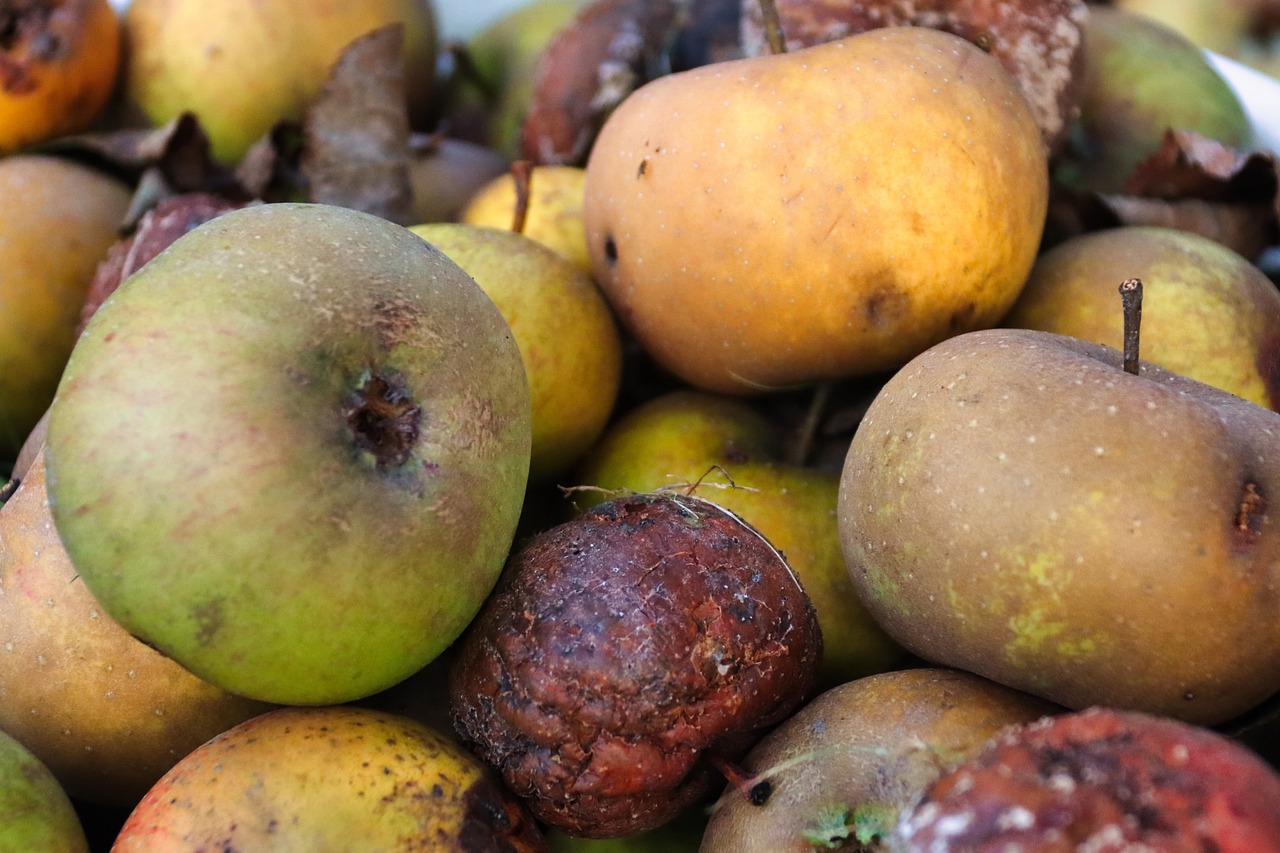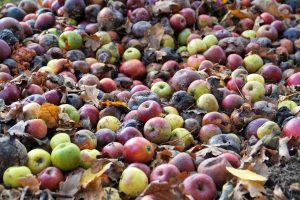Welcome, gardening enthusiasts! Today, we’re diving into the wonderful world of composting with our article “How Do I Use Finished Compost In My Garden?” We know that after months of caring for our compost piles, we all get excited when that dark, rich finished compost is finally ready. With this one short paragraph, let’s explore how we can use this nutrient-packed soil amendment to its fullest potential in our gardens, enriching our soil and boosting plant health like never before. From top-dressing our flower beds to mixing it into vegetable plots, we’ve got practical tips to share on making the most of our finished compost. Let’s get our hands dirty and make our gardens thrive! How do we use finished compost in our garden? It’s a question many of us gardeners face after investing weeks, months, or even years nurturing our compost piles. Composting is, without a doubt, one of nature’s most remarkable recycling processes. However, knowing how to use this black gold effectively is just as crucial as making it. Let’s dive into the journey of transforming our garden with the power of finished compost.
What Is Finished Compost?
Finished compost is the final product of decomposed organic matter. It’s rich in nutrients and beneficial microorganisms that can significantly enhance soil quality and plant health. Understanding what finished compost is helps us better appreciate its role in our garden.
Signs of Finished Compost
Determining whether our compost is finished involves checking for certain indicators:
| Signs | Details |
|---|---|
| Consistency | It should be crumbly, like rich, dark soil. |
| Smell | It should have an earthy smell, not a foul or sour odor. |
| Temperature | The compost pile should no longer be hot and instead be at ambient temperature. |
| Visibility | Original materials should be unrecognizable, except perhaps a few resistant items like small twigs. |
Why Use Finished Compost?
Before we get into the how, let’s talk about why using finished compost is beneficial. Its advantages go far beyond just adding organic matter to the garden.
Benefits of Compost in the Garden
- Soil Enrichment: Compost is packed with essential nutrients, improving soil fertility.
- Improved Soil Structure: The addition of organic matter helps sandy soils retain moisture and helps clay soils drain better.
- Disease Suppression: The beneficial microbes in compost can help suppress soil-borne diseases.
- Water Retention: Helps soil retain water, reducing the need for frequent watering.
- Reduction of Waste: Using compost reduces the amount of organic waste going to landfills.

How to Use Finished Compost
Now, let’s get to the core of our discussion: how do we use finished compost in our garden? There are several effective methods, and choosing the right one depends on our specific gardening needs.
Top Dressing for Established Plants
Top dressing involves spreading a layer of compost directly onto the soil around existing plants. It’s perfect for giving established plants a nutrient boost without disturbing their roots.
Steps to Top Dress:
- Clear away any debris around the plants.
- Spread about 1-2 inches of compost around the base of the plants.
- Water the area after applying compost to help it settle.
Mulching
Using compost as mulch helps retain moisture, regulate soil temperature, and suppress weeds. It’s a fantastic way to nurture our garden holistically.
Mulching Steps:
- Apply a 2-3 inch layer of compost around plants, leaving a small gap around the stems to prevent rot.
- For the best results, mulching should be done in the late spring or early summer.
Soil Amendment
Incorporating finished compost into the soil prior to planting can enhance its texture and fertility. This method is particularly beneficial for new garden beds.
Amending Soil Steps:
- Spread a 1-2 inch layer of compost over the entire planting area.
- Use a garden fork or tiller to mix the compost into the top 6-12 inches of soil.
- Level the area and it’s ready for planting.
Compost Tea
Compost tea is a nutrient-rich liquid made by soaking compost in water. It’s a quick way to give plants a nutritious boost, especially for those in pots or containers.
Making Compost Tea:
- Fill a large container with water.
- Put finished compost into a mesh bag or an old pillowcase and submerge it in the water.
- Let it steep for 24-48 hours, stirring occasionally.
- Use the resulting liquid to water your plants or as a foliar spray.
Seed Starting
Starting seeds in compost-rich soil gives them a nutrient-packed beginning, promoting strong growth and healthy plants.
Steps for Seed Starting:
- Mix finished compost with equal parts of potting soil or garden soil.
- Fill seed trays or pots with the mixture.
- Plant seeds according to package instructions.
Lawn Top Dressing
Applying finished compost to lawns helps improve soil quality and encourages lush, green growth. It’s a great way to maintain a healthy lawn without synthetic fertilizers.
Steps for Lawn Top Dressing:
- Mow the lawn to a moderate height.
- Spread a thin layer (about ¼ inch) of compost evenly over the lawn.
- Rake the compost to ensure even distribution.
- Water the lawn thoroughly.
Compost Application by Plant Type
Different plants have varying nutritional needs. Tailoring our compost application method according to plant type ensures optimal growth and health.
Vegetable Gardens
Vegetable gardens thrive with regular compost additions. Use compost both as a soil amendment before planting and as a top dressing throughout the growing season.
Flower Beds
Flower beds benefit from yearly compost applications in the spring or fall, enhancing soil fertility and encouraging vibrant blooms.
Fruit Trees
Compost supports fruit trees by improving soil structure and nutrient content. Apply compost under the canopy, away from the trunk, once a year.
Shrubs and Perennials
Applying compost around shrubs and perennials once or twice a year helps maintain soil health and supports continual growth.

Practical Tips for Compost Use
Incorporating compost into the garden can seem daunting, but a few practical tips can make the process smoother and more rewarding.
Don’t Overuse Compost
While compost is beneficial, too much can lead to nutrient imbalances. Aim for moderate applications to avoid overwhelming your plants.
Compost Quality Matters
Ensure your compost is fully decomposed before use. Unfinished compost can harbor pathogens and pests, which can harm your plants.
Seasonal Considerations
Applying compost in the spring or fall leverages the natural growing cycles of plants, providing nutrients when they need them most.
Storage and Handling
Store compost in a cool, dry place if not used immediately. Proper handling ensures the compost retains its quality and effectiveness.
Overcoming Common Composting Challenges
Using finished compost isn’t without its challenges. Identifying and overcoming these obstacles ensures we make the most of our composting efforts.
Compost Odor
A common issue with composting is an unpleasant odor, often due to improper composting techniques or using unfinished compost. Ensure the compost is fully decomposed with an earthy smell before application.
Weeds in Compost
If any weeds are present in the compost, it indicates that the compost pile didn’t reach the necessary temperature to kill weed seeds. Practice regular turning and monitoring of compost temperature.
Pests Attraction
Improperly finished compost can attract pests. Ensure compost is fully decomposed and avoid adding meat, dairy, or excessive food scraps.

Frequently Asked Questions
How Often Should We Add Compost to Our Garden?
The frequency of compost addition depends on the specific needs of our garden and plants. Generally, applying compost once or twice a year is sufficient for most gardens.
Can We Use Compost for Indoor Plants?
Absolutely! Adding a small amount of finished compost to indoor plants can enhance soil fertility and overall plant health. Just ensure it’s fully decomposed to avoid unpleasant odors indoors.
What Is the Ideal Compost-to-Soil Ratio?
A common practice is to mix compost and soil in a 1:3 ratio (one part compost to three parts soil). This ratio can be adjusted based on specific plant needs and soil conditions.
Is It Possible to Burn Plants with Compost?
While compost is generally safe, excessive use, particularly of fresh compost high in nitrogen, can potentially cause root burn. Moderation is key.
Conclusion
Using finished compost in our garden is a fulfilling way to enhance soil health, support plant growth, and contribute to sustainable gardening practices. By understanding how to effectively apply compost, we can turn our garden into a thriving oasis. From top dressing and mulching to compost tea and seed starting, the versatility of compost is truly remarkable.
As responsible gardeners, let’s continue to embrace composting, turning our garden waste into nature’s most precious resource. Together, we can create gardens that not only flourish but also nurture the environment. So grab that shovel, and let’s enrich our gardens with the magic of finished compost!



